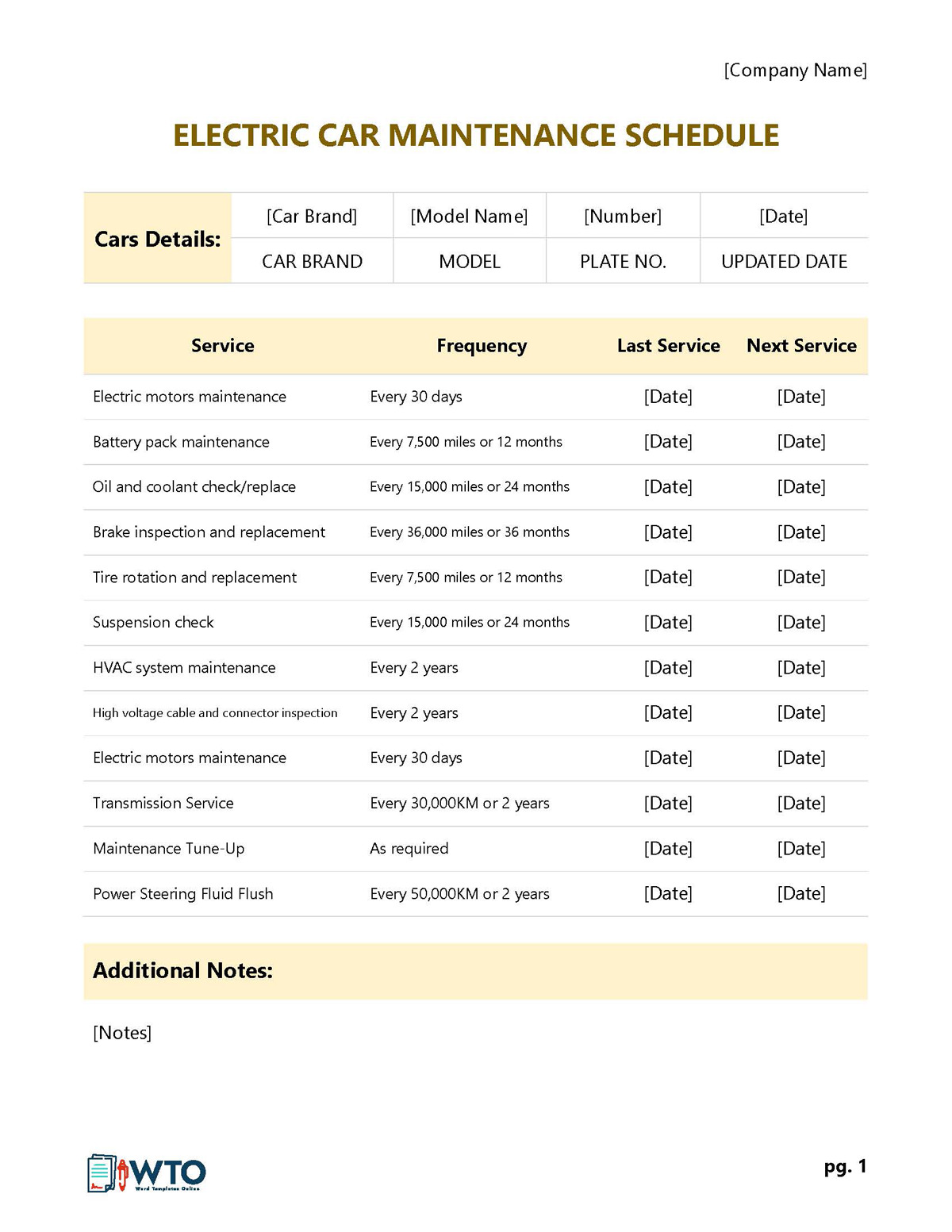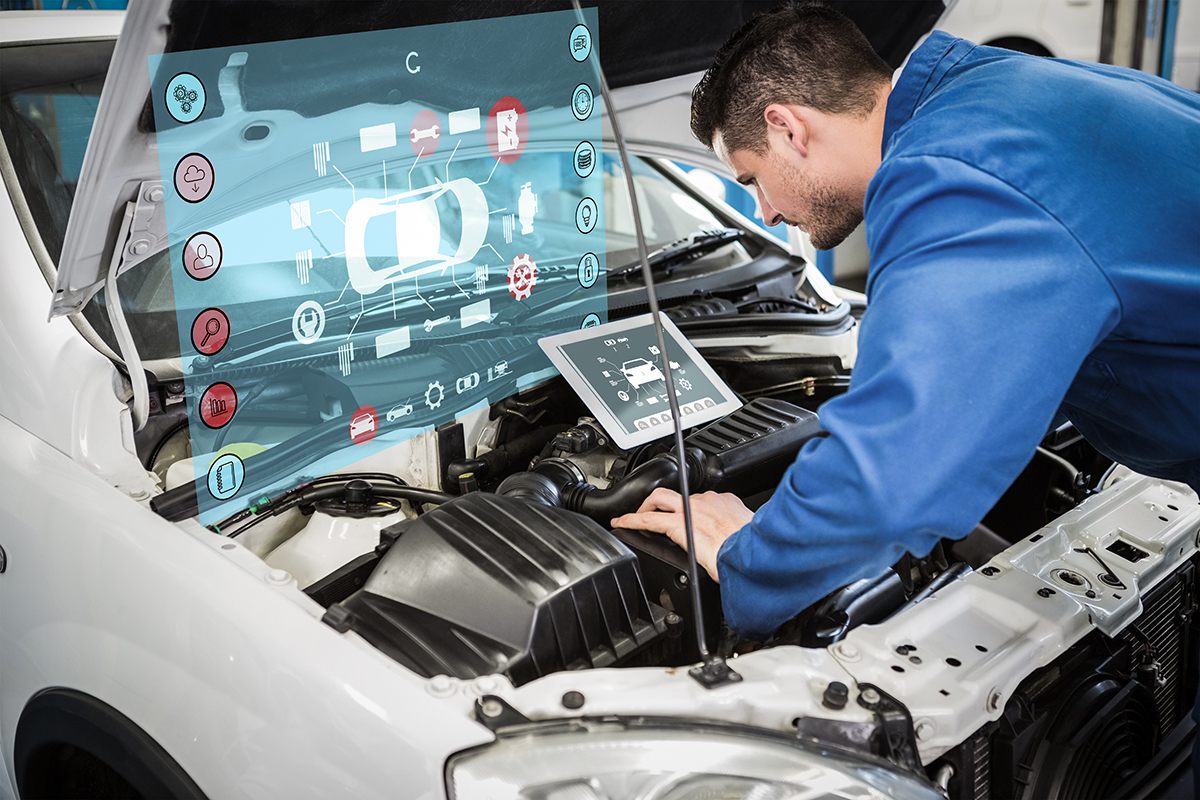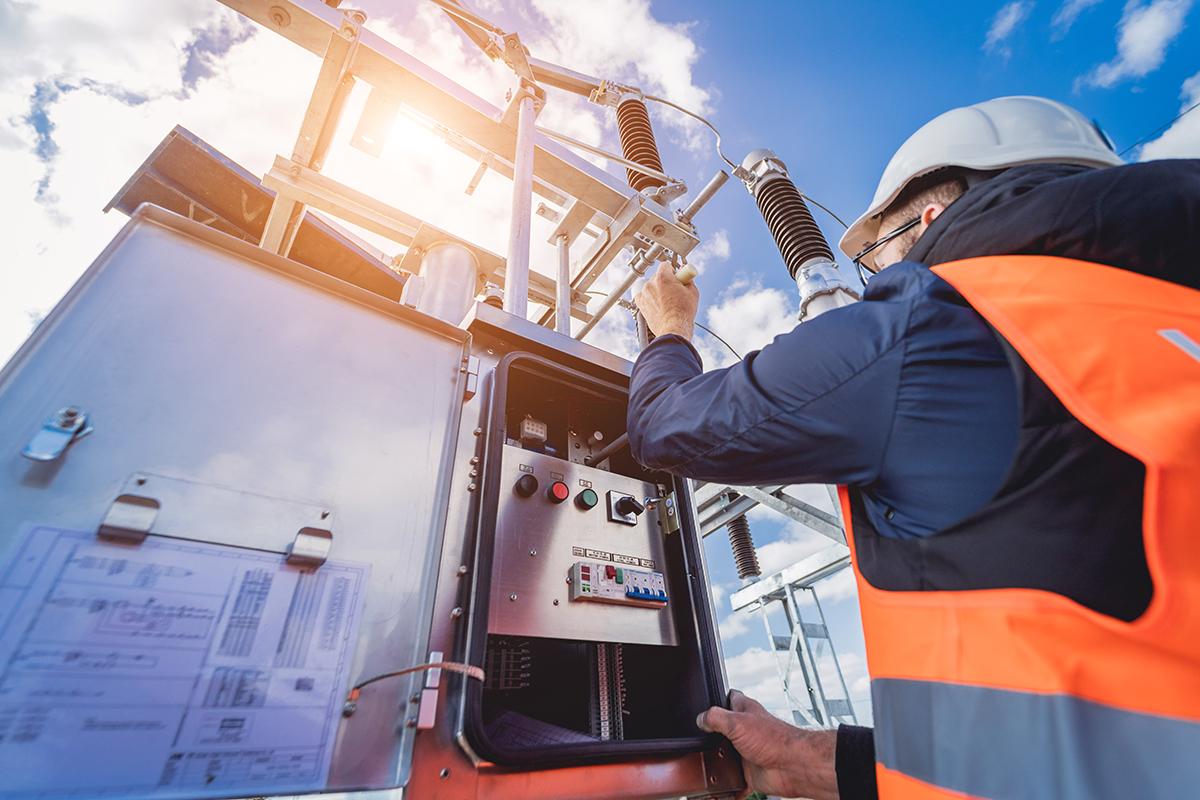An electric car maintenance schedule is a comprehensive set of instructions and tasks that outline the procedures for keeping an electric vehicle (EV) in peak working condition.
These tasks include routine maintenance, such as battery maintenance, tire rotations, and brake system inspections, as well as scheduled maintenance, such as battery system check-ups and electrical system inspections.
Smart and electric vehicles require less maintenance than diesel or gasoline vehicles because they have a basic drive train with fewer moving parts. Following a maintenance schedule can help extend your car’s overall performance and lifespan. Well-maintained EVs have more range, allowing you to maximize your vehicle’s performance while consuming less energy.
Electric car maintenance schedule also helps identify possible safety issues before they become irreparable. Regular maintenance also helps minimize wear and tear to critical components, contributing to the vehicle’s longevity. Since most EVs are sold with warranties, following a maintenance schedule is usually a requirement to keep the warranty valid.
This article will address the essence of the schedule, what it contains, and when to perform the maintenance. It will also provide a step-by-step guide for using the schedule. Free printable maintenance schedules have also been provided in PDF format for your convenience.
Free Template
Given below is an electric car maintenance schedule template:

What Services Should Be Included in an Electric Vehicle Maintenance Schedule?
While the particular maintenance requirements for different electric cars can vary, they all contain similar components that require regular inspection.
These components include:
Electric motor
The electric motor requires very little attention since all you have to do is adhere to the specific schedule. You should include maintenance of the motor on the schedule so it can be inspected regularly. Accumulation of dirt and debris around the motor’s moving parts can significantly impair its performance and should be cleaned. Worn-out bearings and magnetic brushes can also result in vibration and noise, so they should be replaced periodically.
Battery pack
The battery pack is one of the most vital components of an electric vehicle; however, similar to the motor, it requires very little attention. Despite this, you should include it on the maintenance schedule to address any indicators of premature wear before they become irreparable. You should look for any signs of leakage and physical damage. You should also perform a capacity test and regularly check the charge level and voltage to ensure the battery pack functions optimally.
Oil and coolant
Since electric vehicles do not have an internal combustion engine, they do not require oil changes. They, however, need coolant to regulate the temperature of the battery pack components. This should be included on the maintenance schedule so you can inspect the coolant reservoir regularly to ensure it is full.
Brakes
Because electric cars use regenerative braking that turns friction into kinetic energy, wear to brake pads, rotors, discs, and shoes is significantly reduced. You should, however, include this section in the maintenance schedule. Look for signs of wear, damage, corrosion to brake parts, and other signs such as vibration and squeaking during braking. You will ensure maximum braking performance and safety in your EV by periodically servicing the brake system.
Tires
Electric vehicles are heavier than combustion vehicles due to the weight of the batteries. Coupled with their instantaneous accelerative torque, EVs suffer from increased tire wear. You should include this section on the maintenance schedule that includes pressure and tread depth inspection. You should regularly inspect the tires for cuts, bulges, or punctures. You can also include regular tire rotation and wheel alignment on the schedule for optimal vehicle handling and to ensure all tires wear out evenly.
Suspension
The extra weight of electric vehicles can wear down the suspension components of electric vehicles. These include shock absorbers, struts, dampers, stabilizer links, and arm bushes. As part of any major service, you should include a suspension check on the maintenance schedule. Worn-out suspension parts should be replaced periodically to ensure vehicle stability and comfort.
HVAC system
Maintaining an electric vehicle’s HVAC (Heating, Ventilation, and Air Conditioning) system is crucial for passenger comfort. Your maintenance schedule should include inspecting the HVAC system components such as cabin air filters, vents, ducts, and refrigerants. Replacing dirty filters, cleaning vents and ducts, and replenishing refrigerant levels can ensure the HVAC system of your EV is in optimal working order.
High-voltage cable and connector
The high-voltage cable and connector should be regularly inspected to ensure proper electrical operation. On your maintenance schedule, include a section that addresses the health of the cable and the connector. Look for any signs of abrasions, water damage, and exposed wires. The connector should be dry and free of dirt as well. Regular inspections of the cable and the connector can prevent further deterioration and potential system failures.
Onboard computer
Some smart and electric vehicle manufacturers, such as Tesla, regularly roll out over-the-air (OTA) software updates to improve the vehicle’s performance. You can include a section on your maintenance schedule to include software updates downloaded to your vehicle’s onboard computer. These updates usually improve energy usage, enhance vehicle safety and prevent potential cybersecurity attacks.
Schedule for Maintaining Electric Cars
Most electric vehicle manufacturers offer service plans that make maintenance more convenient. Even though EV technology is relatively straightforward, manufacturers often require similar maintenance intervals as gasoline-powered vehicles.
Discussed below are the services that should be performed at certain intervals:
Every 30 days
- Regularly clean the exterior of your car to preserve its paintwork and prevent damage from dirt and extreme weather conditions. This also helps maintain its resale value.
- Check the tire pressure and deflate or inflate them as required. This improves tire life and vehicle handling.
Every 7500 miles
- Examine the tires for wear, puncture, or bulges. Following the manufacturer’s recommendation, rotate the tires if necessary.
- Have the brake pads, discs, motors, and linings inspected for wear. Even though EVs utilize regenerative braking that reduces brake wear, the system still requires periodic inspection.
- Inspect the suspension parts for wear. Replace any faulty shock absorbers, struts, and bushes to ensure vehicle stability.
At 15000 miles
- The cabin air filter is a vital component of the HVAC system, which helps clean the air that circulates inside the car’s cabin, improving air quality and reducing allergens and pollutants. Inspect and replace the cabin air filter if necessary to maintain air quality inside the vehicle.
- Some EVs have a High-Efficiency Particulate Air Filter (HEPA) that captures smaller particles like bacteria and viruses. Inspect and replace the HEPA filter if necessary.
At 36000 miles
- Although EVs have regenerative braking, brake fluid can get corroded due to moisture. Replace the brake fluid at 36000 miles to ensure optimal braking performance.
- Inspect the coolant system for leaks. Top up the coolant reservoir if levels are low to ensure optimal battery performance.
At 75000 miles
- EV battery packs are designed to last several years. Even so, battery degradation is common and can be influenced by factors such as extreme temperatures and rapid discharge. At 75000 miles, you should replace the battery pack to extend the vehicle’s lifespan.
Using an Electric Car Maintenance Schedule: Step-by-Step Guide
A maintenance schedule for your electric car helps ensure your vehicle performs at the highest level possible for years to come. By adhering to the manufacturer’s recommended schedule, you can ensure that your vehicle operates at its peak performance, avoids costly repairs or replacements, and maintain its warranty protection.
Below is a step-by-step guide for using the schedule effectively:
Step 1: Obtain a copy of the maintenance schedule for your electric vehicle
Obtain a physical copy of the maintenance schedule for your specific EV model. The manufacturer usually provides this schedule in the owner’s manual. If you cannot obtain a physical copy, check the manufacturer’s website or contact customer service. This schedule will outline the recommended maintenance tasks and their frequency.
Step 2: Familiarize yourself with the maintenance schedule
Review the schedule to familiarize yourself with the various maintenance procedures and replacement intervals for specific components. These intervals might be based on time or mileage. Ensure you thoroughly understand the exact tasks that must be performed at each interval.
Step 3: Create a maintenance plan
Draft a maintenance plan that outlines the tasks that should be performed at specific intervals. You can create it in MS Excel or use a digital scheduling tool. Enter the dates or mileage readings for each task based on the recommended intervals. After creating the schedule, you can simply check off the columns after each task.
EXAMPLE
At the 15000-mile interval, you can check off the cabin air filter column after replacing it.
Step 4: Schedule maintenance appointments
Schedule a maintenance appointment when a specific task approaches. Determine whether you can perform the maintenance task yourself or if you need a certified technician. If professional assistance is required, contact an authorized service center or make an appointment with a trained technician.
Step 5: Keep track of maintenance records
After performing each maintenance task, update your schedule to indicate the completion of the task. Remember to note the date and mileage of the maintenance task and who performed it. This is particularly useful when trading in or selling your vehicle since a well-maintained car maintains its initial value. It also helps you track your EV’s maintenance history by providing a detailed and consistent record of when specific tasks were performed.
Electric Car Maintenance Vs. Traditional Gasoline Car Maintenance
Smart and electric vehicles are quite easy to maintain because they have fewer moving parts. On the other hand, gasoline-powered vehicles have more sophisticated drive trains that necessitate periodic oil, transmission fluid, head gasket, air filter, timing belt, and spark plug changes. EVs have regenerative braking systems which turn friction into kinetic energy and do not need regular brake inspections. On the other hand, gasoline vehicles feature traditional braking systems that necessitate regular brake pads, brake rotors, and brake shoe replacements.
EVs have sophisticated high-voltage battery packs that do not require regular inspection. They are designed to last longer and are not replaced often. Gasoline-powered vehicles, on the other hand, have a basic 12-volt battery that requires periodic battery acid top-up. They must be inspected regularly and may need to be replaced every few years.
Conclusion
Although smart and electric cars require far less maintenance than gasoline-powered vehicles, adhering to their maintenance schedule is critical. Regular maintenance will ensure that your EV functions at optimal efficiency. Inspecting and replacing worn-out components ensures their reliability and overall performance. This, in turn, extends the vehicle’s range while ensuring efficient energy usage.
An electric vehicle maintenance schedule presents a structured format for when specific tasks should be performed. Using the schedule ensures that you perform maintenance at the appropriate intervals. Remember to refer to the owner’s manual to understand the recommended maintenance intervals. This allows you to handle any concerns as soon as they arise, preventing unexpected breakdowns. Download one of our free printable maintenance schedules in PDF format to help you plan your next garage visit.




